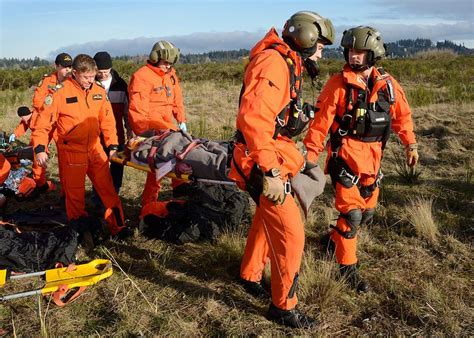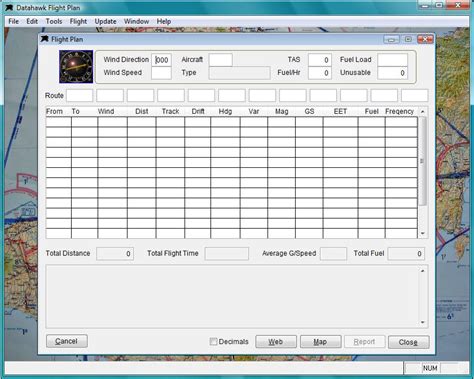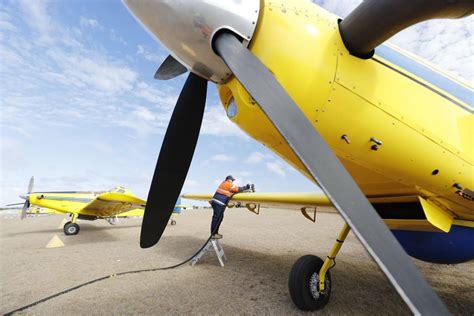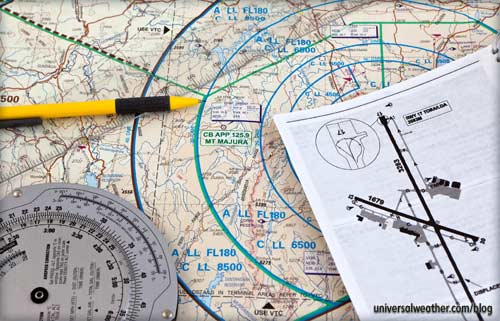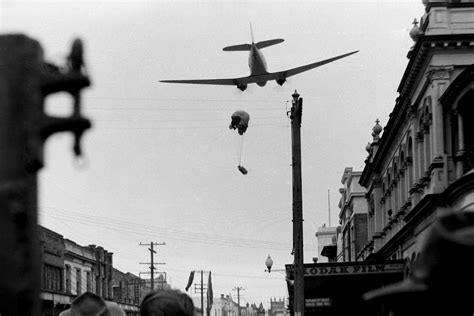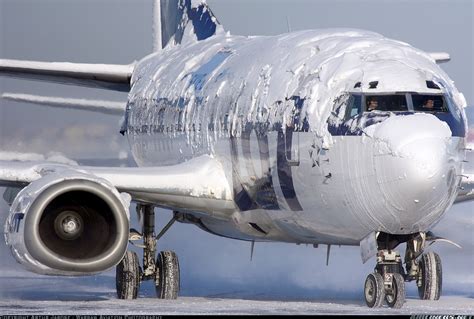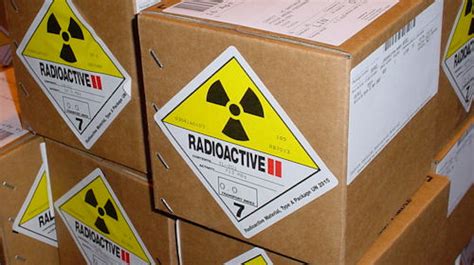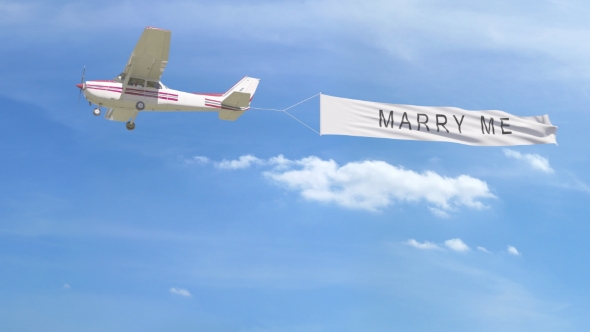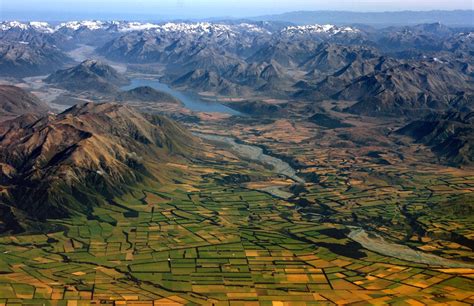
1. When to Report Position
- When operating in CONTROLLED airspace,
- report your position to ATC
- at the required times and reporting points.
2. Where ?
- Entering class Class C and D airspace;
- Entering, exiting and operating in MBZ,
- Prior to entering into a restricted area or military operating area
- Cross-country flights
- To the TWR on a local flight.
3. Contents
- ID
- SSR code (if discrete code)
- Position / Time / Altitude
- Intended route;
- Next landing pt
- ETA next landing pt
